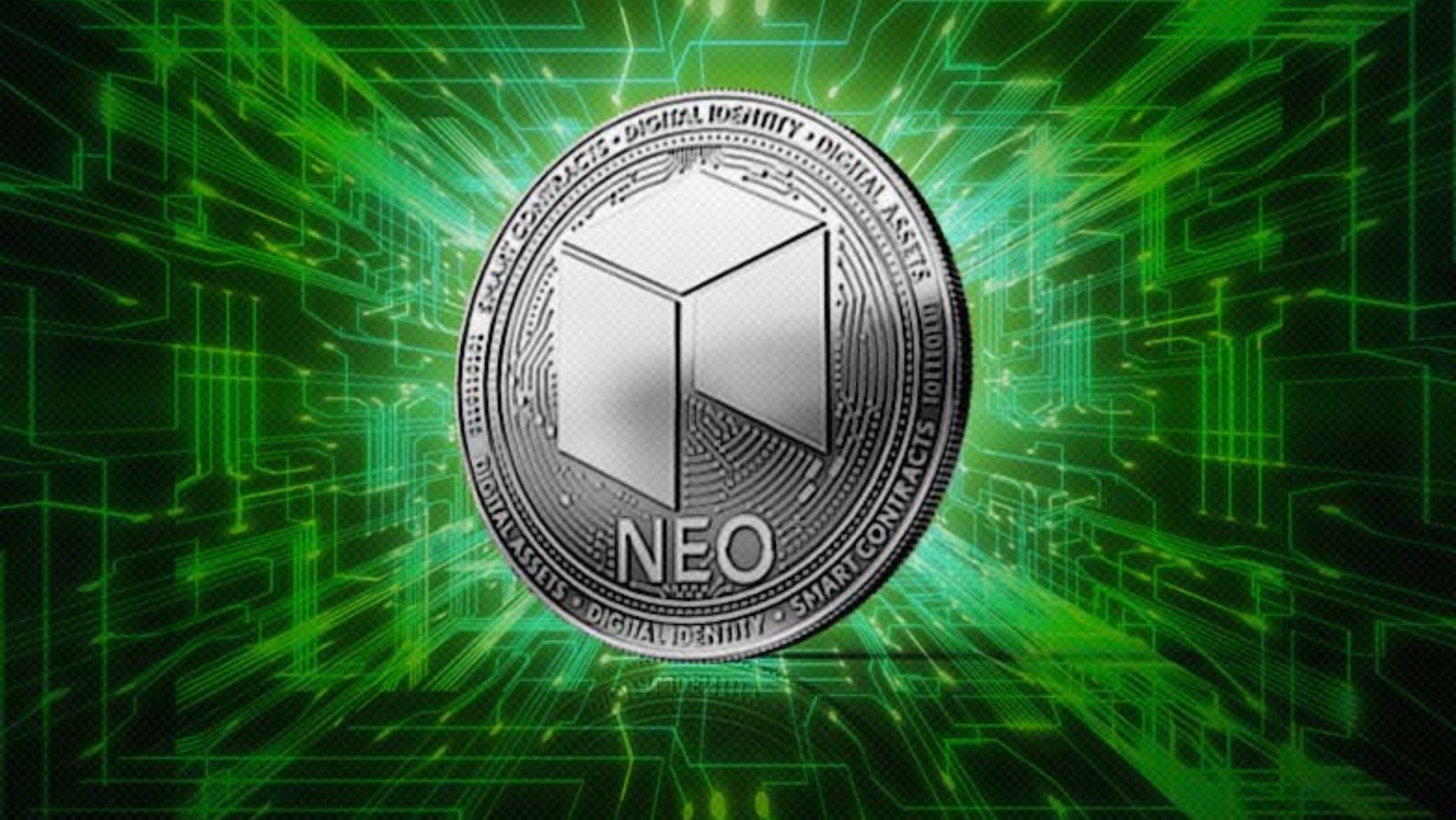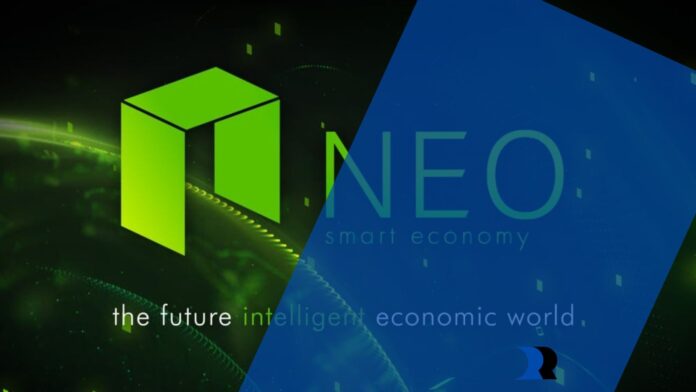NEO, often dubbed ‘The Chinese Answer to Bitcoin,’ stands at the forefront of blockchain innovation, offering a unique vision for the future of digital currency. If you want a top-notch platform to trade cryptocurrency assets, consider utilizing bitcoin code. These advanced tools provide a user-friendly interface and robust features to optimize your trading experience.
NEO’s Technological Innovations
NEO often hailed as China’s pioneering response to Bitcoin stands out in cryptocurrencies due to its distinctive technological features. Unlike Bitcoin, which primarily serves as a digital currency, NEO positions itself as a comprehensive platform for decentralized applications and smart contracts, aiming to build a ‘smart economy.’
At the heart of NEO’s innovation is its unique dual-token model. The platform uses two different tokens: NEO and GAS. NEO tokens represent the ownership of the NEO blockchain and are used for governance purposes, allowing holders to vote on network changes. In contrast, GAS is generated with each new block and is used to pay for transactions and smart contracts on the network. This separation of governance and utility tokens is a strategic move that enhances the functionality and efficiency of the network.
Another standout feature of NEO is its consensus mechanism. While Bitcoin employs the energy-intensive Proof of Work (PoW) mechanism, NEO uses a more environmentally friendly and efficient consensus algorithm called Delegated Byzantine Fault Tolerance (dBFT). This algorithm is designed to support up to 10,000 transactions per second, significantly outpacing Bitcoin’s transaction capabilities. The dBFT mechanism also eliminates the risk of chain splits and reduces the likelihood of double-spending attacks, ensuring higher security and stability.
NEO’s commitment to regulatory compliance and digital identity is also a key differentiator. The platform integrates digital identities into its architecture, allowing real-world applications and compliance with various regulatory requirements. This focus on digital identity makes NEO particularly attractive for businesses seeking to leverage blockchain technology within the confines of regulatory frameworks.

Smart contracts on NEO, known as NeoContracts, provide a robust environment for developers. Unlike Ethereum’s need for a specific programming language (Solidity), NEO’s smart contract system is compatible with multiple programming languages, including C#, Java, and Python. This inclusivity significantly lowers the barrier to entry for developers, fostering a more diverse and active development community.
Furthermore, NEO emphasizes cross-chain interoperability, a feature that enables interaction with other blockchains. This approach enhances the capabilities of NEO’s network and positions it as a key player in fostering a more interconnected and versatile blockchain ecosystem.
NEO and the Chinese Market
NEO’s relationship with the Chinese market is a compelling aspect of its identity and strategy. As a cryptocurrency and blockchain platform originating in China, NEO operates within a unique nexus of technology, finance, and regulatory oversight. Its journey reflects the evolving landscape of digital currencies in one of the world’s largest economies.
In China, the government’s stance towards cryptocurrencies has been notably stringent. The country has implemented various regulations that have restricted the operations of crypto exchanges and ICOs (Initial Coin Offerings). Despite these challenges, NEO has managed to navigate the regulatory environment with agility and compliance only sometimes seen in other cryptocurrency ventures. This adaptability is partly due to NEO’s emphasis on digital identity and legal compliance, aligning with the Chinese government’s focus on financial security and control.
NEO’s strategy in the Chinese market has been to position itself as more than just a cryptocurrency. It is seen as a platform that can drive the development of a smart economy, integrating blockchain technology with real-world applications. This vision resonates with China’s broader technological ambitions, particularly in digital finance, supply chain management, and the Internet of Things (IoT). By focusing on these applications, NEO aligns itself with the sectors the Chinese government is keen to develop, thereby finding a way to coexist with the regulatory framework.

With its vast user base and technological infrastructure, the Chinese market presents significant opportunities for NEO. The platform’s capacity to handle large-scale commercial applications makes it an attractive tool for Chinese businesses looking to leverage blockchain technology. Additionally, NEO’s emphasis on digital identities and compliance attracts enterprises that require these features to operate within China’s regulatory environment.
However, operating in China also presents unique challenges. The regulatory landscape is in constant flux, and the potential for sudden policy shifts requires responsiveness and flexibility. NEO’s ability to continue thriving in this environment depends on its commitment to innovation, compliance, and alignment with China’s digital economy goals.
Conclusion
NEO’s journey, as China’s pioneering blockchain initiative, showcases its potential to redefine the global digital economy. Its strategic approach within the complex Chinese market highlights its resilience and innovative spirit, marking it as a significant player in the evolving world of cryptocurrencies.


